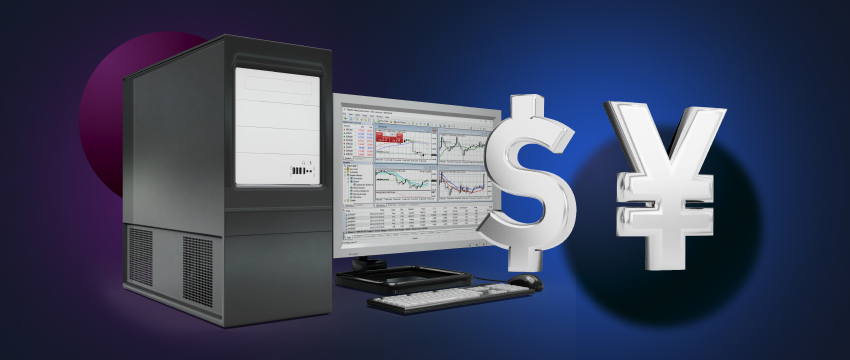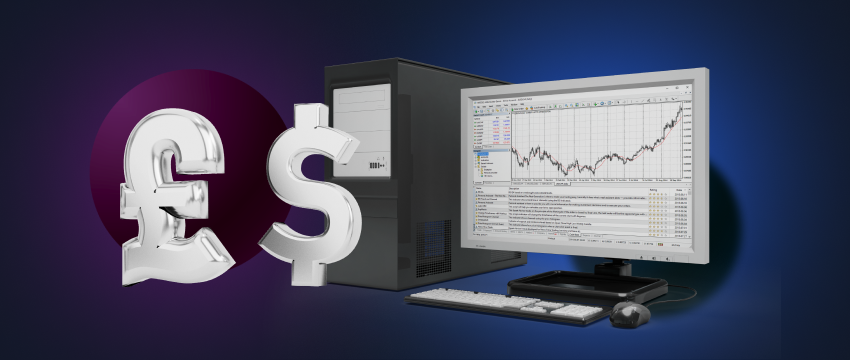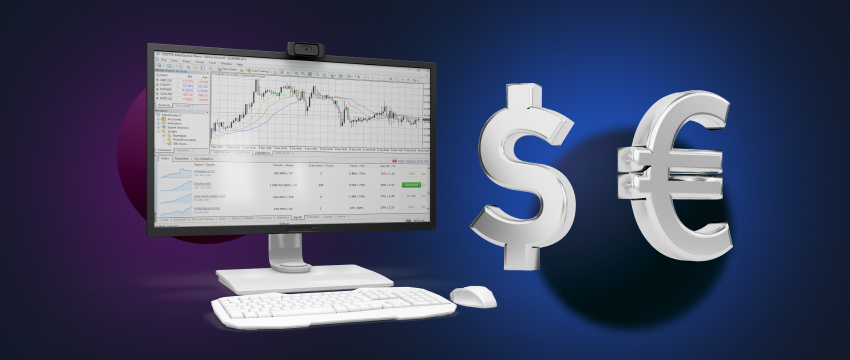Por um lado, Big 5 forex pairs rank as the most actively traded currency pairs in the forex market. Traders commonly refer to them as the majors, favoring them for their high liquidity and tight spreads.
The Big 5 forex pairs are:
- EUR/USD (Euro/United States Dollar)
- USD/JPY (United States Dollar/Japanese Yen)
- GBP/USD (British Pound/United States Dollar)
- USD/CHF (United States Dollar/Swiss franc)
- AUD/USD (Australian Dollar/United States Dollar)
Traders regard the five pairs as indicators of global economic trends and market sentiment. Among these pairs, the EUR/USD is the most heavily traded, accounting for a significant portion of daily trade volume. Additionally, four of the five pairs, namely the EUR/USD, USD/JPY, USD/CHF and GBP/USD are deliverable currencies belonging to the G10 currency group.

What is the G10?
The Group of Ten (G10) is actually comprised of 11 industrialised countries with similar economic interests that usually meet annually to consult on global financial matters. These are the United Kingdom, the United States, Italy, Germany, Belgium, France, Canada, Germany, Japan, Sweden and the Netherlands. Swizerland also plays a minor role. In the 1960s, the governments of 10 of the wealthiest IMF members formed the group by agreeing to enter into the General Agreements to Borrow (GAB) to make funding available to the IMF.
How are prices of the major currency forex pairs established?
Since all of the major pairings’ currencies are free-floating, supply and demand determines how much each one is worth. Central banks may intervene to regulate prices, but usually only in order to keep them from increasing or decreasing to the point where they could have a negative impact on the economy.
Each nation’s fundamental or economic circumstances, interest rates, future projections for the nation and currency, and existing positions—all of which must eventually be liquidated—impact supply and demand.
Other factors impacting major currency pairs in the forex market are:
- Economic indicators like GDP growth, employment rates, interest rates, inflation figures, manufacturing, and production.
- Central bank announcements like monetary policies relating to interest rates and quantitative easing.
- Political instability, trade tensions, and conflict between countries.
- Market sentiment and risk appetite.
- Commodity prices heavily determine the value of certain currency pairs, known as commodity pairs, including USD/CAD, AUD/USD, e NZD/USD.
- Other macroeconomic policies like fiscal or trade policies.

What are major currency pairs so popular among forex traders?
A high volume of the majors are traded on the forex market daily. As trading volume increases, liquidity levels rise and bid/ask spreads become narrower. This in turn attracts the most traders to them, especially in comparison to minor or exotic currency pairs.
Additionally, higher volumes also mean traders are able to engage with the forex market more easily, and with large position sizes. It also reduces the likelihood of slippage, or the amount of slippage that may occur. This is because a larger number of traders are willing to buy or sell at any given moment.
What other currency pairs are there?
Aside from the majors, traders may also opt to trade minor and exotic currency pairs.
- Minor currency pairs are those pairs that include any two of the major currencies except the USD. Some examples include EUR/GBP, GBP/JPY, AUD/JPY, EUR/AUD, and so forth. While not as liquid as the majors, they do have considerable liquidity with slightly larger spreads.
- Pares cambiais exóticos on the other hand lack liquidity, have the widest spreads, and come with significantly more risk. As a result, they tend to be less traded in the forex market. Examples of exotic currency pairs are USD/MXN, USD/TRL, USD/ZAR, USD/BRL, GBP/ZAR, EUR/HUF, EUR/PLN, etc. While less traded, these currency pairs are sometimes used to diversify portfolios, maximize profit potential from their volatility, and gain global market exposure.
Using a demo trading account to become a more skilled trader
Trading the world’s most popular currency pairs is no easy feat and may requires practice before seeing profitable outcomes. One of the ways that traders attempt to boost their skills is by signing up for a demo trading account.
A demo account offers traders at any level the opportunity to learn how to trade better through practice. By registering for T4Trade’s demo trading account, you’ll access the MetaTrader 4 platform, one of the world’s most popular and comprehensive trading systems.
Used by millions of traders, MT4 will allow you to hone your capabilities to handle the challenges that the forex market will inevitably throw your way. The demo trading account will allow you to trade in a simulated trading environment using virtual funds. You’ll have the ability to test out different trading strategies and assess outcomes. Regardless of the complexity, you’ll be able to gauge what works for you.
This simulated trading environment mimics real market conditions so that you can get a better feel for what trading will look like. Since you’ll be utilising virtual money, your capital won’t be affected. You’ll have the time and mental clarity necessary to develop the confidence that every trader needs to succeed.
You’ll be able to learn how to use technical analysis, one of the most fundamental tools for trading the majors and making informed trading decisions. Discover the importance of reading charts and interpreting indicators before implementing this knowledge in a live trading environment. Also have the opportunity to test out MT4’s automated trading feature, one of its most innovative functionalities that reduces the potential adverse consequences of emotive trading.
More ways to learn how to trade the majors
In addition to signing up for a demo account, consider using T4Trade’s Academy as a go to resource for a wealth of trading related educational material to improve your knowledge and skills. The Academy offers so much information that covers all the fundamentals of all types of trading.
This includes podcasts, webinars, blogs, and e-guides. Furthermore, you can also follow T4Trade’s Live TV channel for Monday to Friday commentary for further trading insights.
Other tools
T4Trade’s Economic Calendar is a phenomenal trading tool, providing real-time economic coverage enabling traders to track and react to potential market-moving events. 115+ forex charts mapped to different economic events streamline the monitoring of major currency pairs via real time pricing, aiding in fast decision making. You can also track data in real time and monitor historical trends.

Trading major currency forex pairs with T4Trade
Global traders use T4Trade because of its high-quality product and service offering. One that caters to all types of traders, regardless of level of expertise. As a T4Trade trader, you’ll have
- Access to 300+ financial instruments across 6 asset classes. These include CFDs on major, minor and exotic currency pairs, alongside CFDs on futures, metals, commodities, indices, etc.
- Competitive spreads and low trading fees making trading more affordable for traders looking to keep to a budget or are more risk averse.
- You can access a variety of trading accounts, all designed to meet your specific needs.
- Access to advanced trading platforms featuring advanced trading tools. This includes the T4Trade Web Trader app or the customisable MetaTrader 4 (MT4) platform, making for a flexible trading experience.
Other reasons to trade with T4Trade include flexible leverage, spreads starting from as low as 0.0 pips, fast trade executions, hassle free deposits/withdrawals, and dynamic multilingual customer support (24/5).
INFORMAÇÃO LEGAL IMPORTANTE: Esta informação não deverá ser considerada como aconselhamento ou recomendação ao investimento, mas apenas como comunicação de marketing.




